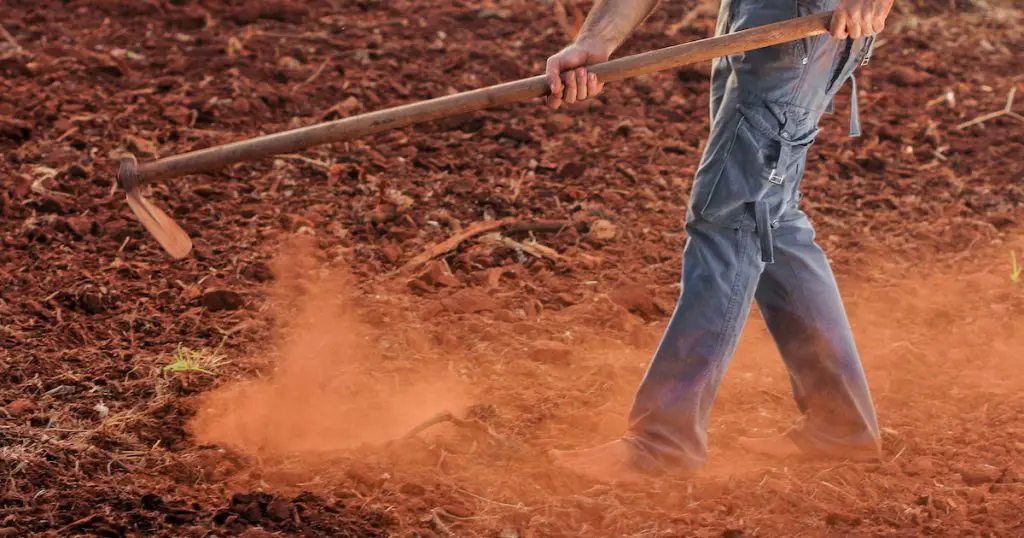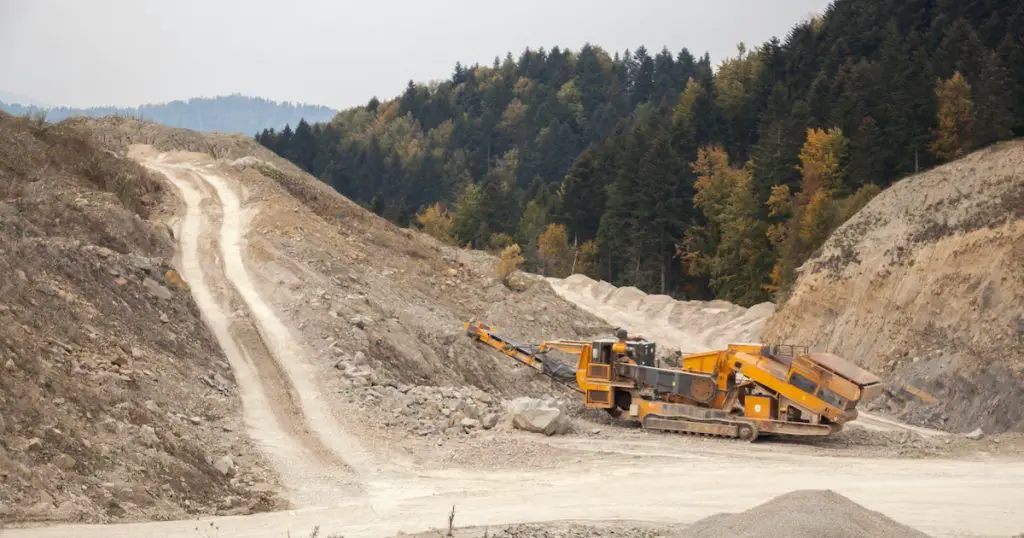Nestled in Arizona’s heart, Prescott’s scenic beauty and rich history have long captured the imagination. But underlying its charm is a lesser-known legacy: mining. From gold to copper, the land has generously yielded its treasures. But, like all resources, it needs care after such intense extraction.

This article dives deep into the post-mining land reclamation efforts in Prescott, revealing the challenges, successes, and the promising future of these endeavors.
The Need for Land Reclamation
Mining, while economically fruitful, carries an environmental price tag. When minerals get extracted from the earth, the disruption often results in land degradation, leading to a pressing need for restoration.
Prescott, with its history intertwined with mining, has experienced firsthand the socio-economic and ecological repercussions. Mining-induced degradation not only affects the natural habitat but can also lead to economic stagnation, given that unproductive lands can’t be used for agriculture or urban development.
Principles of Land Reclamation
The essence of land reclamation lies in the restoration of a degraded environment to its pre-disturbed state, or sometimes even better. But how do we go about it? At the core, it’s about understanding and replicating nature’s processes.
The intricate science of soil restoration is paramount. Healthy soil is alive, teeming with microorganisms and nutrients. To reclaim a land, one must first restore its soil, which forms the base of the ecological pyramid.
Simultaneously, biodiversity plays a crucial role. Ecological succession, nature’s process of rehabilitating a barren land into a thriving ecosystem, is hinged on the diverse species that colonize the land in stages.
Post-Mining Land Reclamation Techniques
Each post-mining landscape presents its unique challenges. Thankfully, a repertoire of techniques has been developed over time to address these.
An indispensable first step. Healthy land begins with healthy soil. Issues such as soil acidity or alkalinity need correction. For instance, lime is often added to neutralize acidic mine spoils, facilitating vegetation growth.
Besides pH balancing, soils may lack essential nutrients. Here, nutrient supplementation comes into play. Composts, green manures, and specific fertilizers can revitalize soils, making them ready for plants.
Revegetation strategies:
Plants are nature’s best restorers. They prevent erosion, enhance soil quality, and set the stage for wildlife. Native species, already adapted to Prescott’s conditions, are often the best choice. But sometimes, hardy pioneer species, known to colonize disturbed lands, can be introduced to kickstart the restoration.
Another essential element is the rehabilitation of water bodies. Mines can often disrupt natural water courses, leading to stagnant water or increased sedimentation.
Local Initiatives in Prescott
The local community, understanding the importance of land restoration, has championed various initiatives.
Government-led reclamation projects have been at the forefront. By setting aside funds and establishing mandates, the authorities ensure that mining companies are held accountable for the land’s post-mining health.
But it’s not just about the government. Non-profit organizations, fueled by passionate individuals and community support, have rolled up their sleeves, working tirelessly to restore Prescott’s landscapes. Local educational institutions also play a pivotal role, combining research with fieldwork, often providing innovative solutions to complex reclamation problems.

Success Stories from Prescott
Talk is cheap; results speak volumes. Prescott has had its share of reclamation victories.
Case Study 1 delves into a former gold mine site, which, after years of meticulous effort, now boasts lush greenery, hosting a myriad of bird species. The once-barren land now resonates with the chirps and flutters of life.
Another compelling story is the restoration of a specific wetland area. Wetlands, nature’s water purifiers, were brought back from the brink with strategic planning and community involvement. Today, it’s a haven for aquatic life and a popular spot for nature enthusiasts.
Challenges Faced in Land Reclamation
No journey is without its hurdles. The path to land reclamation in Prescott has seen its fair share.
Financial constraints often loom large. Restoration is a resource-intensive process, and funding can sometimes be elusive. Technical challenges, too, are a constant companion. Each site is unique, demanding bespoke solutions. There’s no one-size-fits-all in land reclamation.
Additionally, the specter of climate change adds another layer of complexity. Changing weather patterns can impact restoration efforts, making the need for adaptive strategies paramount.
Global Perspectives: How Prescott Compares
A peek outside can often provide valuable insights. Prescott’s efforts can be benchmarked against global standards. Countries like Canada and Australia, with their rich mining histories, have established benchmarks in land reclamation.
Prescott’s initiatives, in many ways, align with these international standards. Yet, there’s always room to learn. Best practices from other mining towns globally can offer innovative solutions to Prescott’s unique challenges.
The Future of Land Reclamation in Prescott
Looking ahead, the future of land reclamation in Prescott shines bright. With an increasing awareness of the importance of environmental conservation, more resources are being allocated to restoration efforts.
Upcoming projects promise to push the boundaries of what’s possible. And with technological advancements, from drone mapping to AI-driven soil analysis, the process is becoming more efficient.

Community involvement, too, is on the rise. Residents, armed with knowledge and passion, are keen to play their part in ensuring Prescott’s lands are restored to their former glory.
FAQs:
In this section, we will be delving into some of the most common inquiries and curiosities that surround our topic.
Why is land reclamation essential after mining?
Land reclamation restores ecological balance, prevents erosion, and paves the way for economic growth by making the land usable again.
How long does the reclamation process typically take?
It varies based on the extent of degradation and the techniques used. Some projects might take a few years, while others can span decades.
How can locals participate or contribute to reclamation efforts?
Volunteering with local non-profits, participating in community clean-up drives, and supporting legislative efforts are some ways.
Yes. If not reclaimed, these sites can leach harmful chemicals into groundwater, posing health risks.
What measures are in place to monitor reclaimed lands?
Regular ecological surveys, water quality tests, and community feedback mechanisms are some measures adopted.
Conclusion:
Prescott’s journey, from a mining hub to a beacon of land reclamation, stands as a testament to human perseverance and the indomitable spirit of nature. Each restored patch of land, each tree planted, and each water body rejuvenated echoes the community’s commitment to a greener future.
As we tread forward, this legacy serves as both an inspiration and a reminder of the boundless possibilities when we work in tandem with nature.



Leave a Comment
You must be logged in to post a comment.